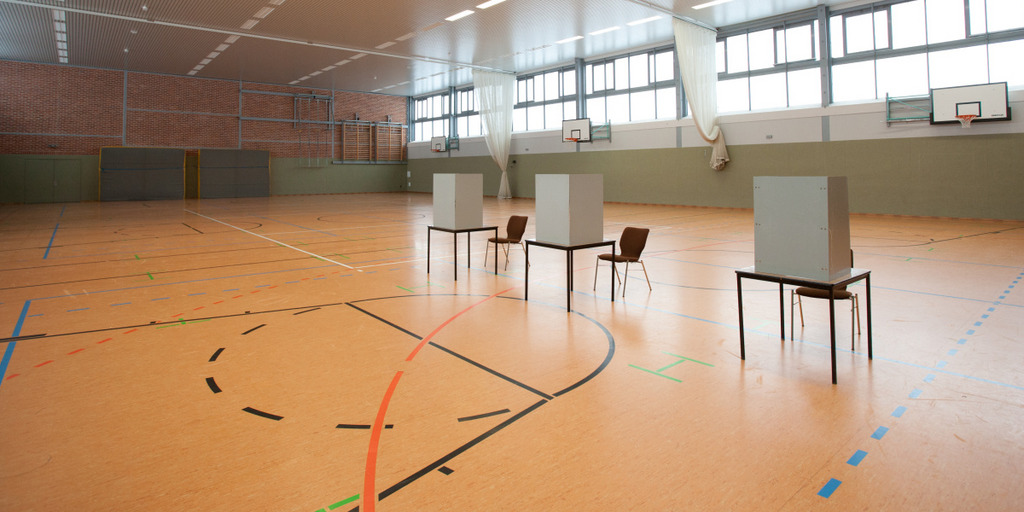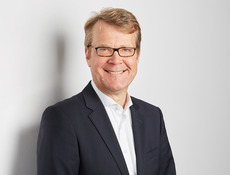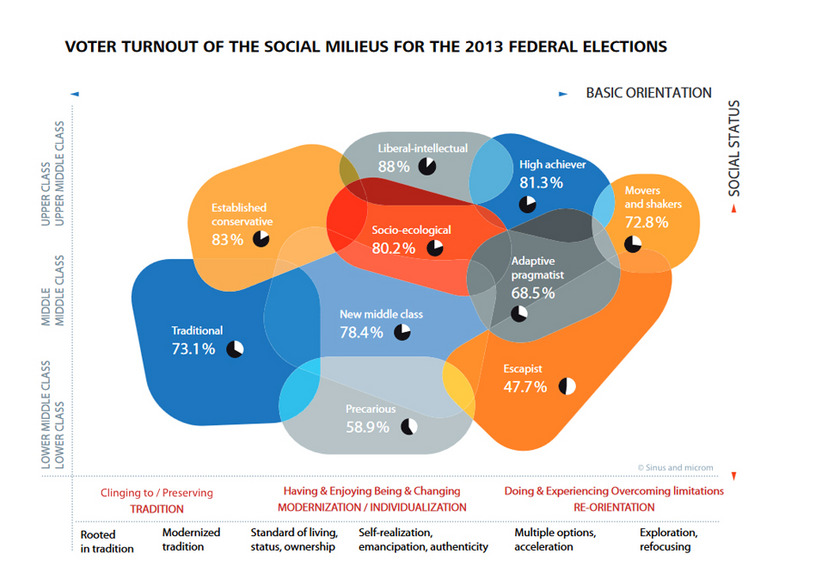The average non-voter comes from the socially disadvantaged milieus. This finding was corroborated by an analysis of the most recent Bundestag election that correlates non-voters not only with neighborhoods, but also with societal milieus. To do so, the Bertelsmann Stiftung and the political polling institute infratest dimap jointly analyzed voter turnout in the 640 representative voting districts used in the election polls of the national public broadcaster ARD. The analysis found that voter turnout in September 2013 among socially privileged classes was up to 40 percentage points higher than that among socially disadvantages milieus.
The new calculations confirm the results of earlier studies by the Bertelsmann Stiftung: The more precarious the social situation of a neighborhood, the fewer people from it go to the polls. For the first time, the new analysis also allows conclusions to be drawn about the social profile of non-voters in Germany.
"More than anyone, it is socially disadvantaged people from the milieus of the lower and lower-middle class who opt not to exercise their right to vote," says Robert Vehrkamp, a democracy expert at the Bertelsmann Stiftung.
Liberal-Intellectuals Go to the Polls Most Often
For their analysis, the election researchers used the so-called Sinus-Milieus®, which divide the population into 10 societal groupings – according to social situation, values and attitudes. The socially strong Liberal-Intellectual milieu had the highest voter turnout for the 2013 Bundestag election, as 88 percent of all eligible voters from this grouping cast their votes. In addition to the Liberal-Intellectuals, the other milieus to be overrepresented were the Established-Conservative, the High Achiever and the Socio-Ecological milieus, with voter turnouts ranging between 80 and 83 percent.
In contrast, the willingness to vote was generally lower in the socially disadvantaged classes. The lowest voter turnout rate (just under 50 percent) was found in the milieu of the so-called Escapists, a consumption-oriented grouping of the lower and middle classes. At almost 60 percent, voter participation was also rather low in the Precarious milieu, which is characterized by worries about the future and meager opportunities for social advancement. More than one in every three non-voters comes from these socially weaker milieus. On the other hand, they only make up 22 percent of all eligible voters. As a result, their voices are clearly underrepresented in the election results.





